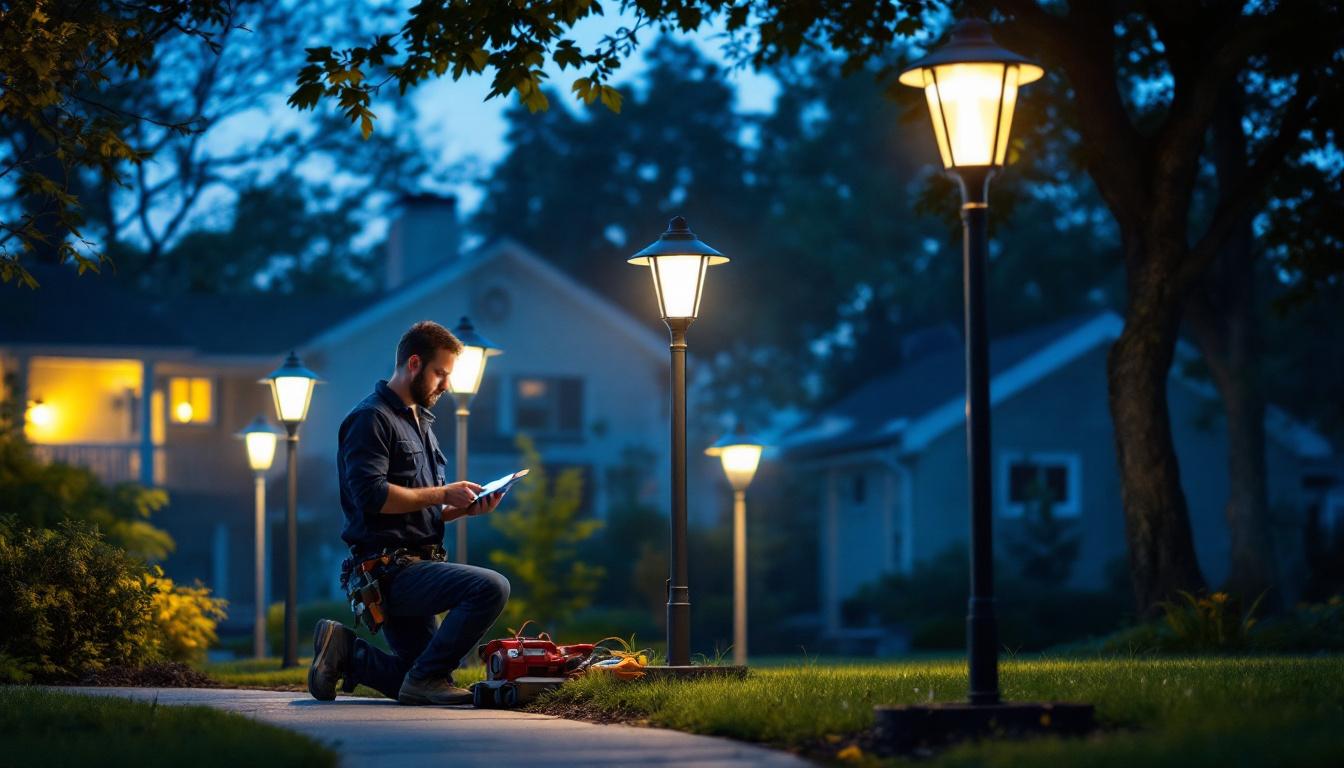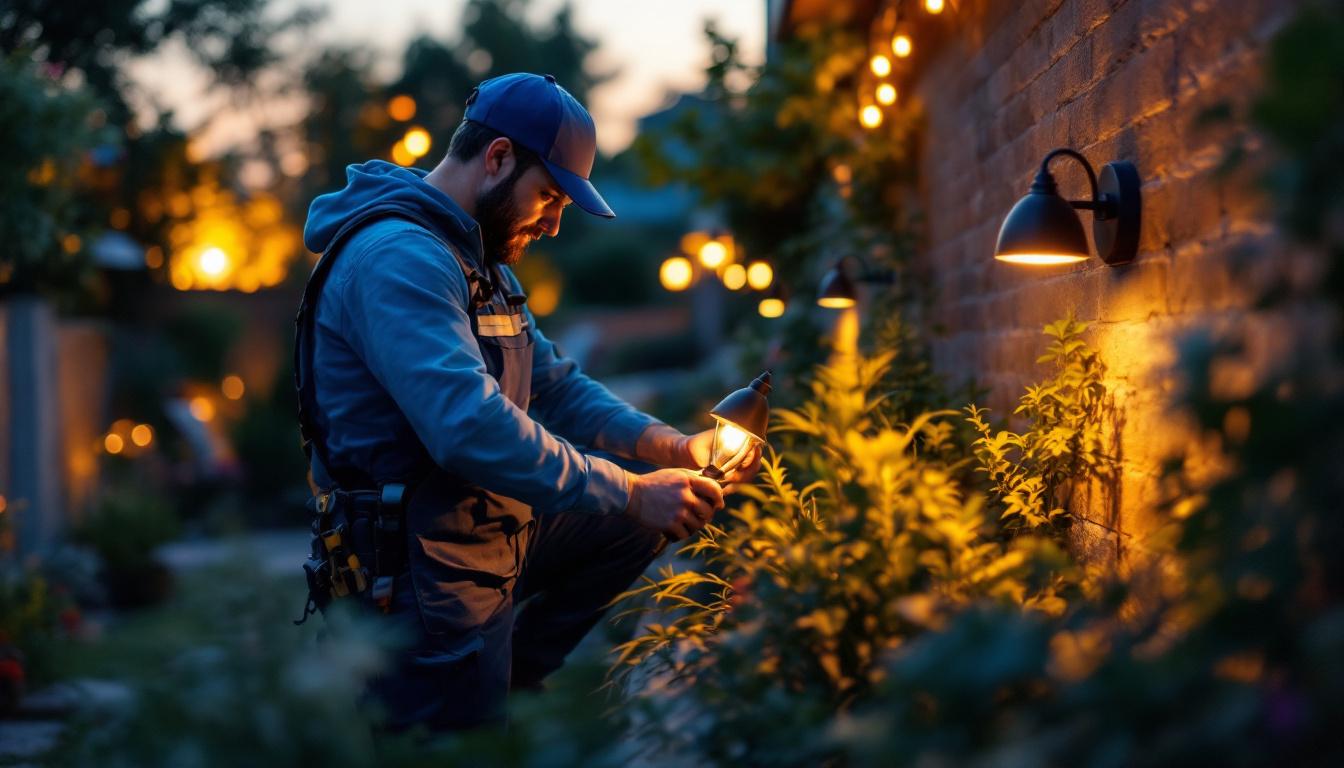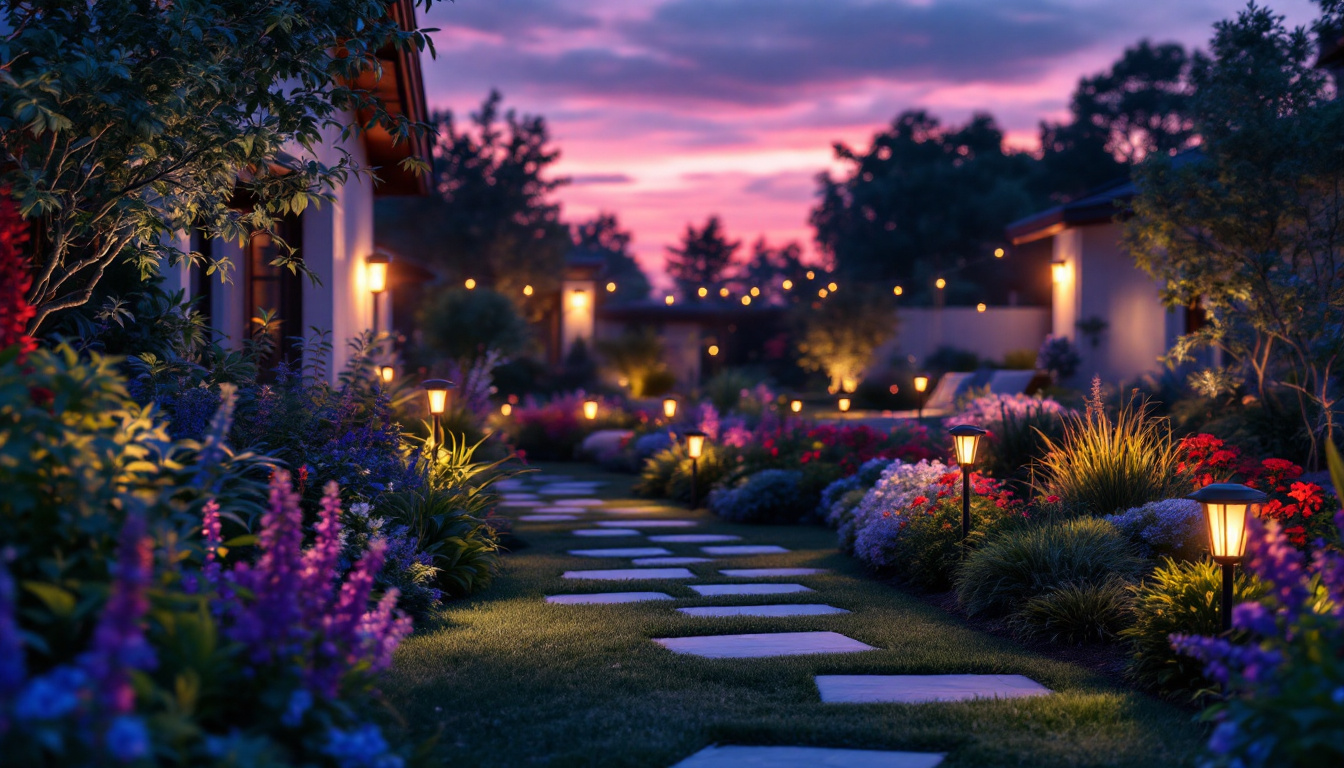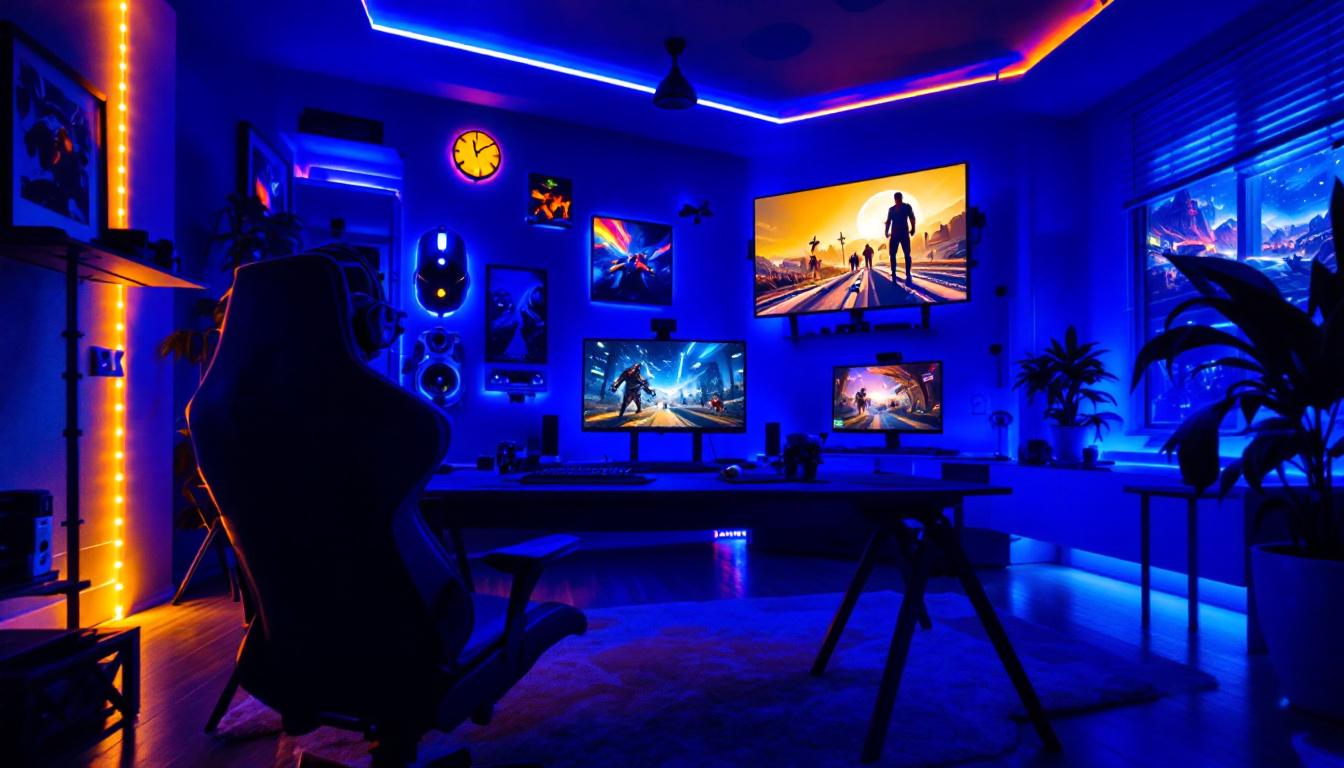
Lighting contractors play a crucial role in enhancing the aesthetics and functionality of outdoor spaces. One of the essential components of outdoor lighting is the light post cover, which not only protects the lighting fixture but also contributes to the overall design. This article addresses common questions that lighting contractors have regarding light post covers, providing insights that can assist in making informed decisions for their projects.
A light post cover is a protective casing designed to shield the lighting fixture mounted on a post. These covers come in various materials, shapes, and sizes, catering to different aesthetic and functional requirements. They serve to protect the light source from environmental elements, such as rain, snow, and debris, while also enhancing the visual appeal of the lighting installation.
In addition to their protective function, light post covers can significantly influence the distribution of light. The design of the cover can affect how light is emitted into the surrounding area, making it an essential consideration for contractors aiming to achieve specific lighting effects. For instance, frosted glass covers can diffuse light more evenly, reducing glare and creating a softer ambiance, while clear covers may focus light more intensely on specific areas, making them ideal for security lighting applications.
Light post covers play a vital role in prolonging the lifespan of outdoor lighting fixtures. By shielding them from harsh weather conditions and physical damage, these covers help maintain the integrity of the lighting system. This, in turn, reduces maintenance costs and ensures that the lighting remains functional for a more extended period. Additionally, certain materials, such as polycarbonate or tempered glass, are designed to withstand impacts and resist yellowing over time, further enhancing their durability.
Moreover, light post covers contribute to safety and visibility in outdoor environments. Properly designed covers can help direct light more effectively, illuminating pathways, driveways, and other areas where visibility is crucial. This enhances safety for pedestrians and vehicles alike, making it a significant factor for contractors to consider when planning outdoor lighting installations. Furthermore, the aesthetic aspect of light post covers cannot be overlooked; they can complement the architectural style of a building or landscape, adding to the overall design scheme. Decorative options, such as ornate metalwork or vintage styles, can transform a simple light post into a striking focal point, enhancing the charm and character of public spaces or residential properties.
Light post covers are available in several materials, each offering unique benefits and drawbacks. The most common materials include:
The choice of material for light post covers can significantly impact performance. For instance, metal covers may provide better protection against physical damage and weathering, while plastic options may be more prone to fading or cracking over time. Glass covers, while aesthetically pleasing, may require careful handling to avoid breakage.
Furthermore, the material can influence the light output. For example, frosted glass can diffuse light more evenly, reducing glare, while clear glass may allow for a brighter, more focused beam. Understanding these nuances helps contractors select the most appropriate materials for their specific projects.
When selecting light post covers, contractors should consider several design features to ensure the final installation meets both aesthetic and functional requirements. Key features include:
While aesthetics are important, they should not overshadow functionality. A beautifully designed light post cover should still fulfill its primary role of protecting the fixture and distributing light effectively. Contractors should strive for a balance between form and function, ensuring that the selected design enhances both the visual appeal and performance of the lighting installation.
For instance, a decorative cover that does not allow for adequate light distribution may lead to poorly lit areas, undermining safety and usability. Therefore, it is essential for contractors to consider how design choices will affect the overall effectiveness of the lighting system.
Proper installation of light post covers is critical for ensuring their longevity and effectiveness. Here are some best practices to follow:
Sealing is an essential aspect of the installation process, as it prevents moisture ingress that can damage the lighting fixture. Contractors should use high-quality sealants or gaskets designed for outdoor use to create a watertight seal around the cover. Regular inspections should also be conducted to ensure the integrity of the seal over time.
Additionally, it is advisable to install covers in a way that allows for easy access for maintenance. This ensures that any necessary repairs or bulb replacements can be performed without excessive hassle, ultimately enhancing the longevity of the lighting system.
Regular maintenance is key to ensuring the longevity and performance of light post covers. Depending on the material, different care routines may be required:
To extend the lifespan of light post covers, contractors should encourage clients to perform regular inspections and maintenance. This includes checking for any signs of wear or damage, ensuring that the seals remain intact, and cleaning the covers as needed.
Additionally, advising clients on the importance of using appropriate bulbs and fixtures can prevent overheating and reduce the risk of damage to the cover. By promoting proactive maintenance, contractors can help ensure that their installations remain functional and visually appealing for years to come.
Despite careful selection and installation, light post covers can encounter issues over time. Common problems include:
When issues arise, contractors should act promptly to address them. For cracks or breaks, replacing the cover may be necessary to maintain safety and functionality. For moisture ingress, inspecting and resealing the cover can help prevent further damage.
In cases of discoloration, contractors may recommend replacing the cover with a more UV-resistant material or applying protective coatings to extend its lifespan. Keeping clients informed about potential issues and maintenance practices can foster trust and encourage proactive care for their lighting installations.
Light post covers are an integral part of outdoor lighting systems, providing both protection and aesthetic appeal. By understanding the various materials, design considerations, installation best practices, and maintenance requirements, lighting contractors can make informed decisions that enhance the quality and longevity of their projects. Addressing common questions and concerns helps ensure that installations not only meet client expectations but also contribute to safe and beautifully illuminated outdoor spaces.
As the demand for outdoor lighting continues to grow, staying informed about the latest trends and technologies in light post covers will empower contractors to deliver exceptional results. By prioritizing quality and functionality, contractors can enhance their reputation and build lasting relationships with clients.
Ready to elevate your outdoor lighting projects with the best in class light post covers? Look no further than LumenWholesale, where we provide contractors with superior, spec-grade lighting products at unbeatable wholesale prices. Say goodbye to local distributor markups and hello to our extensive selection that meets the highest industry standards. With free shipping on bulk orders, you can trust that you’re getting premium lighting at the best value — all without hidden fees or compromises. Enhance your installations with the quality, affordability, and convenience that only LumenWholesale can offer. Wholesale Lighting at the Best Value is just a click away.

Discover the essential small outdoor light fixtures every lighting contractor needs.

Discover the essential guide to light bulb base measurements that every lighting contractor should master.

Explore the benefits and drawbacks of garden lighting solar solutions specifically for lighting contractors.

Discover the art of transforming gaming spaces with LED lighting in this comprehensive guide tailored for lighting contractors.